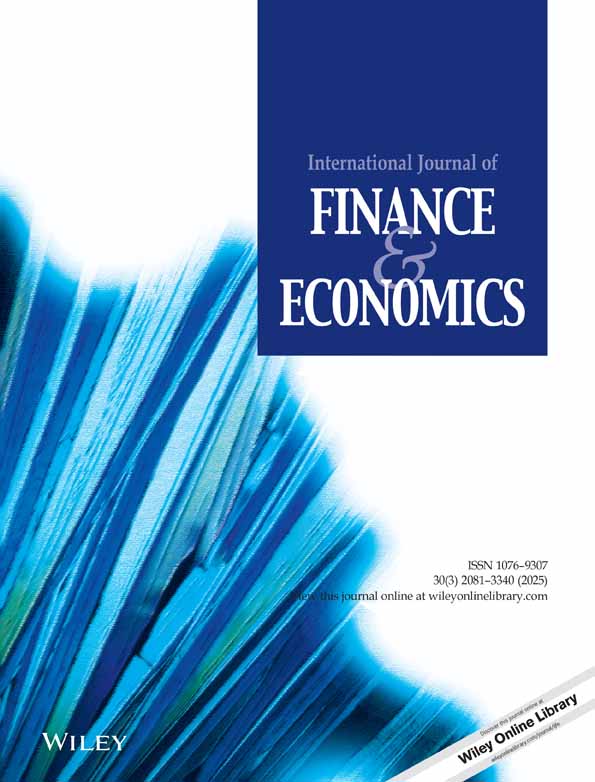Multi-class financial distress prediction based on stacking ensemble method
Abstract
The motivation of this article is to help financial soundness companies understand their specific financial status so that they can take timely measures to avoid financial distress. Existing multi-class financial distress prediction (FDP) studies have mainly segmented financial crisis status, with less attention paid to financial soundness companies. To fill this gap, we propose a new multi-class definition of FDP from the perspective of financial soundness enterprises. The financial states are defined as financial soundness, moderate financial soundness, mild financial soundness and financial distress. We propose a stacking ensemble model for multi-class FDP. First, deep neural network, multinomial logit regression (MNLogit) and multivariate discriminant analysis models are used as basic classifiers to obtain preliminary prediction results. Second, MNLogit is used to integrate the results from the previous step. To increase the effective information, stock information is then added into the model. The proposed model was trained using data from 2007 to 2019 for Chinese listed companies and tested using data from 2020. The results show that the MacroR-Pre, MacroR-Rec, MacroR-F1 and MacroR-AUC of the proposed model are better compared with the benchmark model, including individuals and ensembles, with 87.05%, 90.68%, 88.70% and 88.20%.The addition of stock information and non-financial indicators can improve the accuracy of the multi-class FDP model by about 8%. The innovativeness of this paper is twofold. First, it proposes a new multi-class definition of enterprise financial status. Second, a multi-class FDP based on stacking is constructed, which provides a new method for solving the multi-class FDP problem. The study shows that the proposed multi-class definition and stacking model are suitable for analysing financial soundness enterprises, which can help managers effectively grasp the specific financial status and have strong practical significance.
CONFLICT OF INTEREST STATEMENT
The authors declare no conflict of interest.
Open Research
DATA AVAILABILITY STATEMENT
The data that support the findings of this study are available from the corresponding author upon reasonable request.




